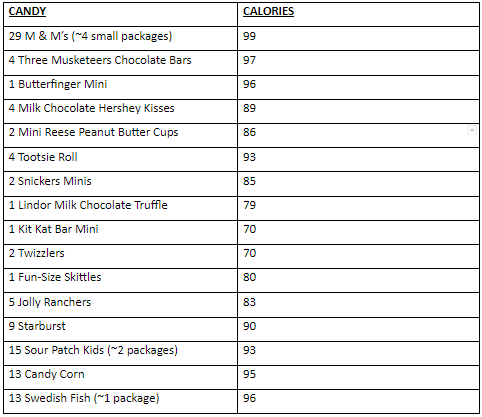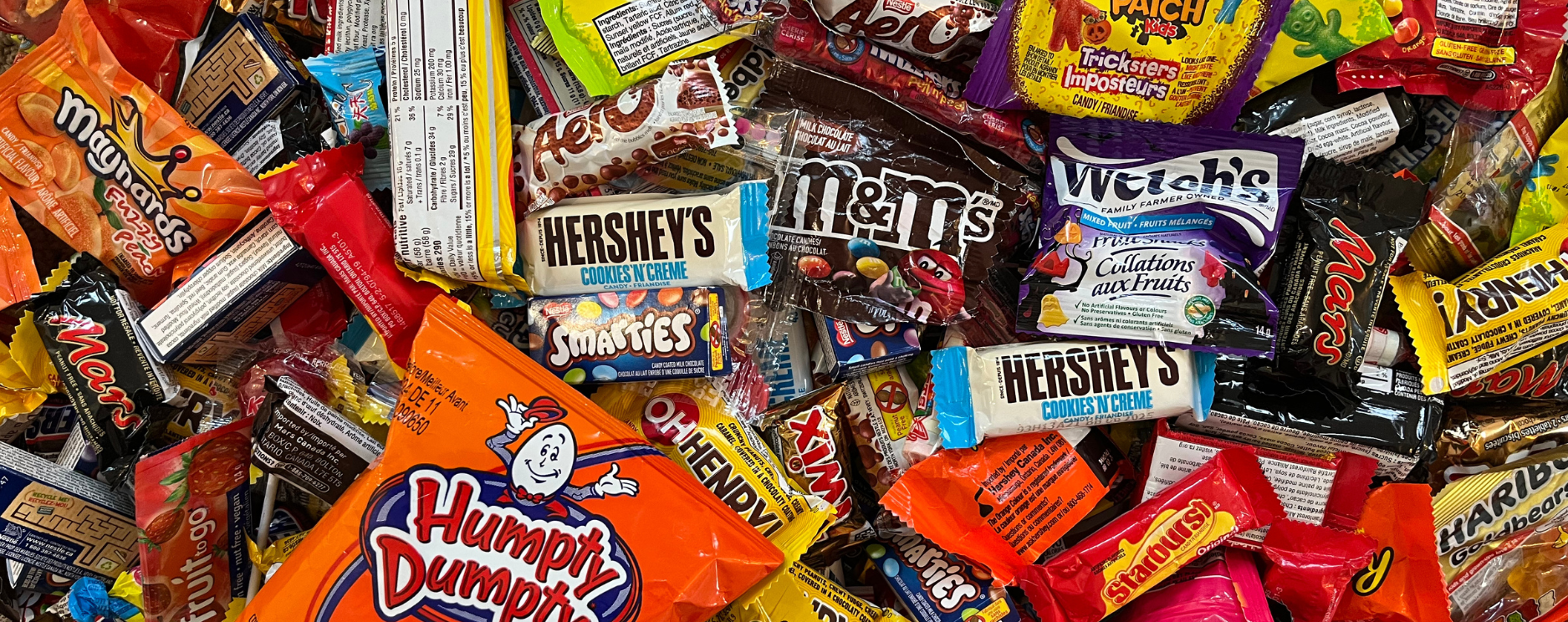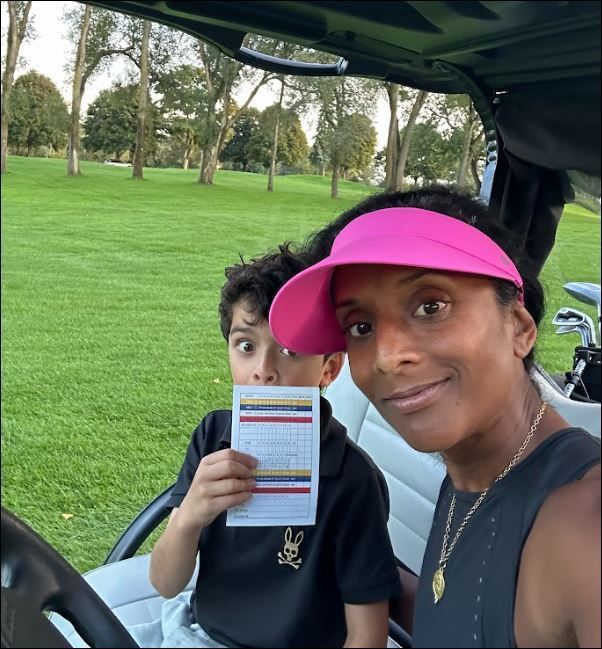Craving Halloween Candy?
More Candy Than We Need
It’s that time of the year when you walk into a grocery store and are hit with boxes of “delicious” looking candy. Trick or treating is a yearly event where children are given the opportunity to express themselves creatively through costumes and get what they see as free candy. As the parent, you either go with them or stay home and hand out your own candy, but what happens with the left-over candy at the end of the night? It often gets eaten by the family. With Halloween being the yearly excuse to purchase and consume exorbitant amounts of this candy, it is important to step back and understand the consequences of these actions.
Is No Candy the Best Method?
Eating all the left-over candy, or candy gotten from trick or treating within mere days is not a healthy way of managing the candy. Rather, it is key to remember that most things are good in moderation. It can be hard to say no, day in and day out, to all candy which ultimately leads to overconsumption if and when you finally break down. The best method when consuming Halloween candy or any ‘treat’ is to eat the candy you crave yet assessing if it is satisfying you after each bite. Practicing mindfulness and using this thought process creates feedback loops that support you in not overconsuming Halloween candy.
What You Need to Do to ‘Work Off’ that Candy
Although eating candy in moderation is ok, it is important to understand what that means to your health and how much physical activity is needed to work off those extra calories.
What does 100 Calories of Halloween Treats look like:

How many Calories are Burned during 30 minutes of exercise:

What we can see from the above charts is that eating just a few small Halloween candies could mean that 30 minutes of strenuous exercise is needed to work off the calories taken in. If you decide to have 3 Kit Kats, 4 Twizzlers, 1 pack of Skittles, and 3 packs of Sour Patch kids that could mean that you have taken in 616 calories and need to do 60+ full minutes of any of the above list of exercises to work off 10 minutes of satisfaction! However, if you consume these candies in moderation and check-in with yourself during and after the candy to see if it satisfied your craving, you would end up consuming less.
Not Only Personal but Environmental Concerns?
The concerns about Halloween candy do not stop at the extensive calorie consumption that can occur during this time of year but also the excessive garbage created. With each small candy being individually wrapped in plastic, each time you eat one small chocolate you are creating more waste. With over 600 million pounds of candy purchased each year in the U.S. means thousands of pounds of wrappers being thrown out after Halloween. It is evident for months after Halloween in that we see candy wrappers on the ground as we go about our daily lives.
Many candy companies also use palm oil as an ingredient for their products. The use of palm oil has become controversial and very damaging to rainforest ecosystems around the world. People are destroying rainforests, displacing or killing species so palm plantations can be made. The orangutan is a beautiful species that has been severely affected by palm plantations. Some companies like Mars however have recently introduced sustainable palm production to their business model. Mars is in charge of candies such as Snickers, Skittles, Starburst and more. For more information about the use of palm oil check out this article.
Final Thoughts
While a few pieces of candy can be good for the soul once in a while, candy is a refined food, high in sugar and other unhealthy ingredients that when consumed in excess can have a negative effect on your health. Practice mindfulness if you are going to eat some Halloween candy this fall and remember that 1 minute of pleasure per piece of candy can equal a lot more minutes of exercise to burn off!











